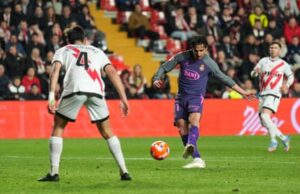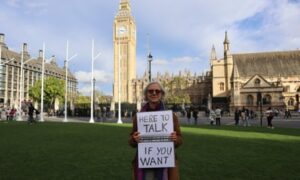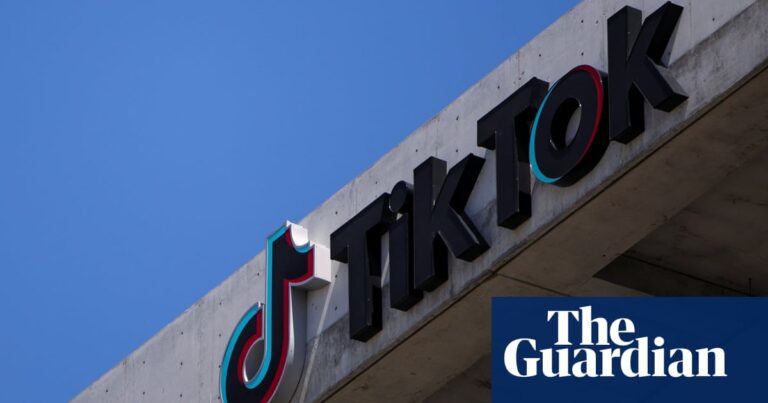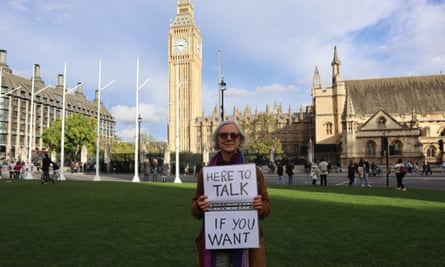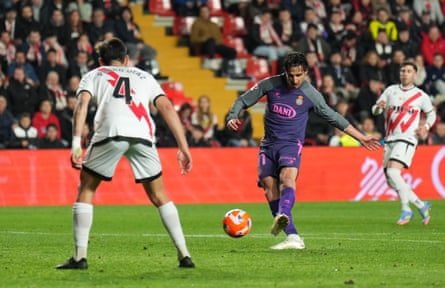Colombian authorities working with dozens of other countries have seized 225 tonnes of cocaine in the space of six weeks, a global record for any single anti-narcotics operation, finding some of that haul on a “narco submarine” travelling on a new drug trafficking route to Australia.
In the six-week Operation Orion, law enforcement agencies and other organisations from 62 countries halted six semi-submersible vessels stuffed with cocaine and confiscated 1,400 tonnes of drugs in total, including more than 1,000 tonnes of marijuana.
The interception of 225 tonnes of cocaine marks a significant dent in the operations of Latin America’s cartels given that the UN estimates 2,700 tonnes are produced globally each year and Colombia’s record for annual seizures was the 671 tonnes confiscated in 2022.
“This is an important chunk of the cocaine trade, even when you consider the high amounts of the drug leaving the region,” said Captain Manuel Rodríguez, director of the Colombian navy’s anti-narcotics unit. “This will prevent thousands of deaths from overdoses and $8.5bn from reaching the cartels which definitely makes a hole in the profits of these criminal organisations.”
More than 400 people were arrested in the 45-day crackdown which also halted illegal shipments of weapons and caught migrant traffickers, and involved agencies from the US, the EU and Australia.
The Colombian navy has attributed the historical success to unprecedented cooperation between the 62 countries and academic institutions such as the Royal United Services Institute, a UK thinktank studying how Colombian and Mexican cartels smuggle drugs undetected.
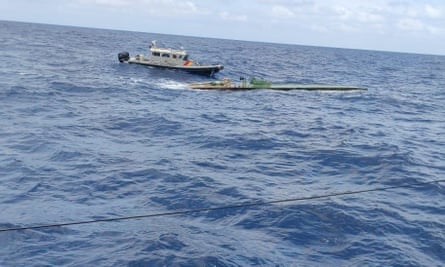
Partner nations pooled together aeroplanes, helicopters and frigates to intercept the illegal shipments but most important was the sharing of intelligence, Rodríguez said.
One of the biggest breakthroughs was the interception of six semi-submersibles carrying cocaine which uncovered a new route used to ship unprecedented amounts of the drug to Australia.
Often branded “narco-submarines”, the majority of the 10-25-meter vessels sit low in the water so they are barely visible as they skim the ocean with up to 10 tonnes of cocaine onboard.
One of the semi submersibles was bound for Australia before it was intercepted with five tonnes of white powder on board 1,250 miles (2,000km) south-west of Clipperton Island, a tiny uninhabited French coral reef in the Pacific. Five people on board were detained.
“This is a new route that they have opened for semi-submersibles. The vessel was found in the middle of nowhere, close to 3,000 miles [4,800km] off the Colombian coast heading to Australia and New Zealand,” Rodríguez said.
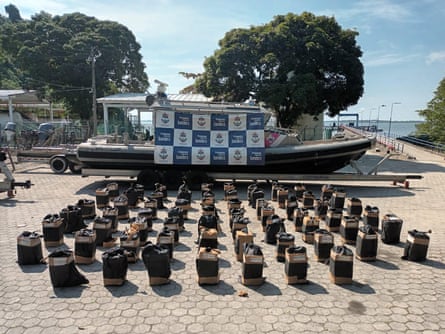
Colombian drug traffickers usually only dare to ship 5 to 50kg to Australia concealed in cargo ships, the naval official said. The bust is the first time a semi-submersible was found sailing to Oceania, suggesting narcos have recently started using the inconspicuous vessels to bypass anti-narcotics officials in ports while going undetected on the seas.
Demand for cocaine continues to soar in Australia and sky-high prices are incentivising narcos to innovate, so more of their products make the journey across the globe, the naval official said.
The boat had set sail from Tumaco, a port city on Colombia’s pacific coast, on a 4,000-mile journey direct to Australia.
“They have improved the design of the semi submersibles and given them extra fuel capacity,” he said.
A kilogram of cocaine is sold for up to US$240,000 in Australia – between three and six times the average price in the US.
Naval officials ventured out thousands of miles at sea in small interceptor boats and waited weeks in the hopes of intercepting the shipments, Rodriguez said.
The success of the international cooperation showed authorities can keep up with narcos in their game of cat and mouse and could mark a turning point for anti- narcotics operations, Rodriguez said.
There is also hope that artificial intelligence could help them pick up more drugs concealed in cargo.
“It’s going to help us a lot to identify containers or cargo vessels that could be contaminated as there are millions moving around the region every day and profiling the suspicious one is really hard if you don’t have the way to process all that information,” he said.
Source: theguardian.com

